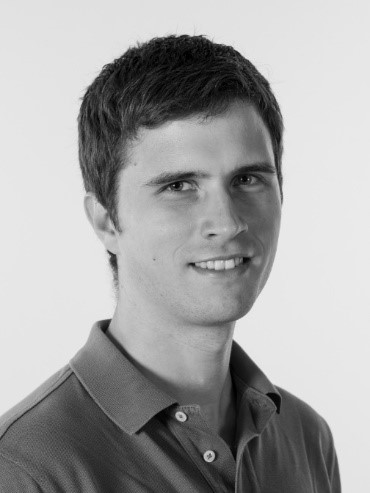INSTITUTE SEMINAR
Interpretable geometric representations of neural dynamics
Speaker
Adam Gosztolai
Date and time
April 2024 12.30 h.
Place
Cajal Institute
Abstract
Our brain solves computational challenges in a highly distributed manner encoded in the collective activity of neural populations. Understanding the dynamical processes underpinning neural computations can help informing algorithmic principles for AI systems. In this talk, we will discuss how using machine learning, geometry and dynamical systems theory facilitate discovering better models of how the brain works and reverse-engineering the dynamical processes that underpin complex animal behaviours.
Affiliation and short bio

Adam Gosztolai is a young Group Leader with interest in identifying basic shared principlesof brains and AI systems. His motivation is developing novel methods using machine learning, geometry and dynamical systems theory. Before running his lab, he was an HFSP Cross-Disciplinary Postdoctoral Fellow at EPFL, a Research Affiliate at the Brain and Cognitive Sciences department at MIT. Adam studied Applied Mathematics at the University of Cambridge and Mechanical Engineering at University College London, and received his PhD in Applied Mathematics at Imperial College London.
Related publications with the topic
Gosztolai, A., Ramdya, P. Connecting the dots in ethology: applying network theory to understand neural and animal collectives. Current Opinion in Neurobiology, 73, 102532 (2022)
Gosztolai, A., Günel, S., Rios, V.L., Abrate, M.P., Morales, D., Rhodin, H., Fua, P. and Ramdya, P. LiftPose3D, a deep learning-based approach for transforming 2D to 3D poses in laboratory animals. Nature Methods, 18, 975–981 (2021)
Gosztolai, A., Arnaudon, A. Unfolding the multiscale structure of networks with dynamical Ollivier-Ricci curvature. Nature Communications 12, 4561 (2021)
Gosztolai, A., Barahona, M. Cellular memory enhances bacterial chemotactic navigation in rugged environments. Communications Physics 3, 47 (2020)
